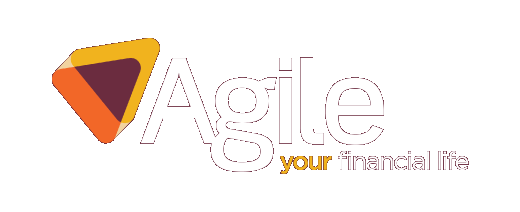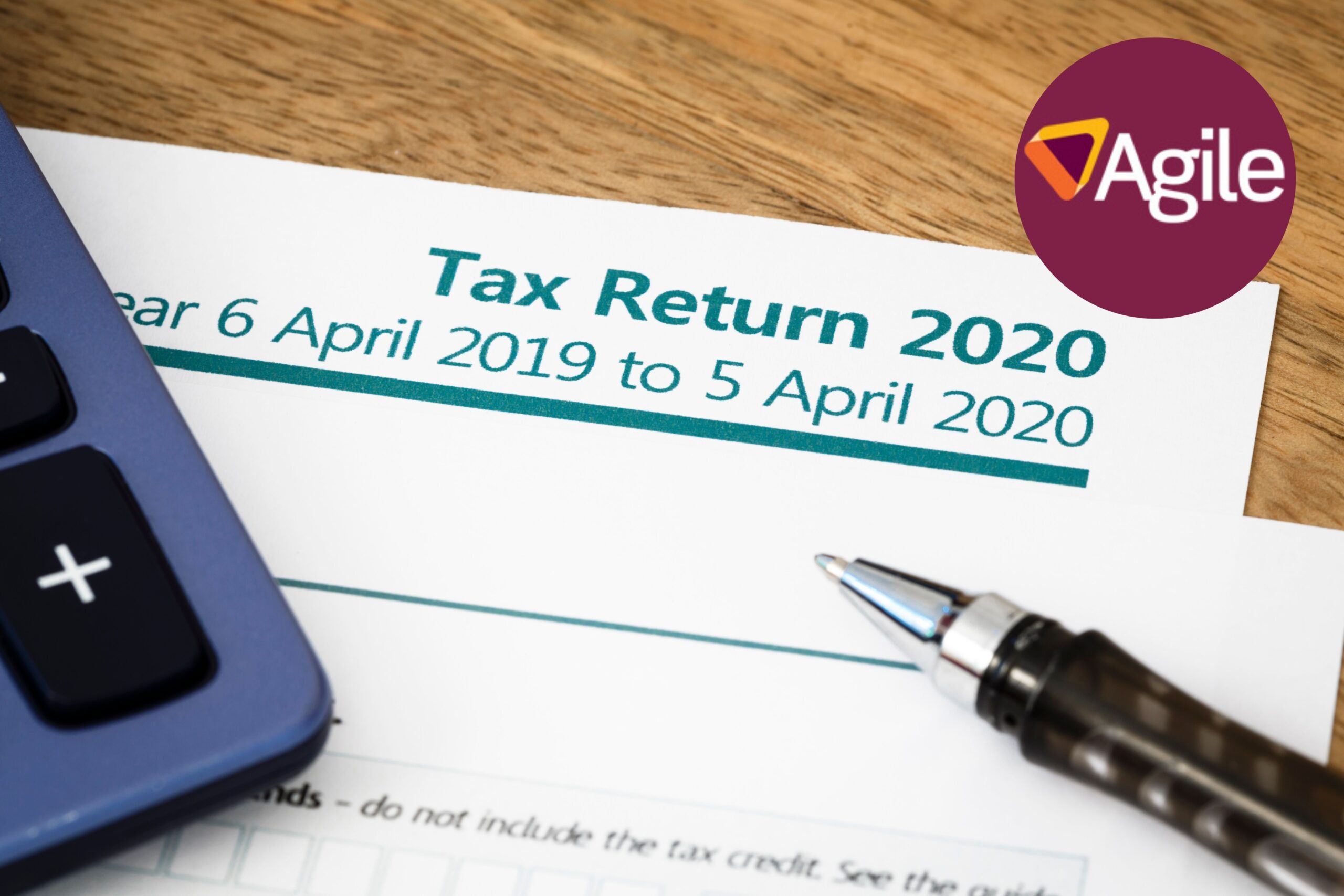How many times have you told yourself you are going to try and save more but then somehow several months slip by without putting away a penny? You’ve paid for everything else – rent or mortgage, shopping, bills, clothes, holidays and maybe even a few meals or nights out but you haven’t paid your most valuable asset – you. And so it goes on and on. This happens to everyone, regardless of income level. If this sounds familiar, it could mean you should change your mindset and pay yourself first.

This is not the same as spending money on yourself! It’s saving some money before you do anything else. This is setting aside a certain portion of your income the day you get paid before you spend any ‘fun money’. I’m not being a kill joy here, quite the opposite. This is me trying to help you prolong joy! Many people wait and only save what’s left over—that’s paying yourself last. What this could ensure is that one day, you finish the rat race without the cheese.
Understand your current self
Take a look at yourself. I mean your life as a whole – what do you enjoy doing? What are your hopes, loves, hates, fears, habits, routine, family etc. This is your current self. Your current lifestyle is funded by your current self.
Now have a think about what you would like your future self to be. Do you imagine much will be the same? What would you want to be different? Many people imagine a more comfortable future, perhaps a continued or better lifestyle. Most certainly don’t want to give up any of the luxuries they may have become accustomed to. The problem is that we are sometimes very optimistic creatures that don’t think about the bridge between the current and the future. How are you going to pay for that future? ‘It’ll be alright’ is a path that surely won’t end well.
Pay your future self
So, one of your current self’s main responsibilities is to fund your future self. This can be achieved by the practice of paying yourself first, helping to make sure your future self’s key financial goals are covered, including building up an emergency fund, contributing to retirement and saving for any other long-term goals, like a bigger home. You should be your biggest bill. The bottom line is that it’s important to have all of these things covered before you spend your hard earned pounds on that flash car, slap up meal or top of the range phone.
According to a recent report by Legal & General, the average UK household only has enough savings to last 32 days, before hitting the breadline. Around 15% of people in the UK have no savings at all. Individual circumstances obviously make a difference, but one this is certain – we are living longer and the responsibility of funding our lifestyle, for life, is our own. According to Aegon in their 2018 retirement readiness report, 59% of people in the UK think that future retirees will be worse off. About 22% think that it will be around the same. The way that many people behave, I’d have to agree with the 59%!
Our unique opportunity
You’d think this would be enough to scare most people into saving better, except there’s the little matter of, well, just about everything else that payday has to cover. This is why we are all currently in a unique position to break the cycle. Coronavirus is unfortunately spreading at a faster rate once more, meaning more lockdowns and less opportunity to spend money on a day to day basis. Use this to your advantage!
The sooner you get started, the better off you may be. Not only will you be able to take advantage of compound growth (more on this later) to help grow your money faster, but you’ll also help ensure that your financial goals are getting funded before life happens. Don’t wait too long or the car might break down, the boiler might break, you might spend too much of your spare time on Amazon or the pubs might re-open until a reasonable hour!
Saving should be automatic
Switching to a ‘pay yourself first’ mentality can be hard because people don’t like change. We are a stubborn stuck in our ways bunch. It’s like challenging the status quo. That’s why rather than physically having to make the decision to do this every month it’s absolutely the best idea to make this automatic. Take the slice of your income that you have decided you want (need!) to pay your future self and pay this automatically into the right investment.
Set up a direct debit to your pension or ISA before you see that money hitting your current account. Paid on the 1st? Great set the direct debit to that day. Even better, if your savings are for retirement then your employer may be able to divert your pay directly to your pension. This may include extra matched contributions from them if you are lucky.
This is a marathon not a sprint
The hard bit here is that you are not going to get instant gratification. You should not over do it, as you will be more inclined to stop. You should not under do it, or your future self will be skint. With the right amount of automatic, forgotten about, steadily increasing savings you will be surprised how much you can pay your future self. long term saving is slow and boring! I promise you though, this is worth it to ensure you don’t have to be boring in the future too.
How much you choose to save will depend on your current budget and your desired lifestyle both now and in the future. If you don’t have a budget you damn well should have! I recommend, as soon as possible, going through the pain of getting your last three months statements and analysing them thoroughly. All you need is a pad, pen (or spreadsheet), a cuppa (substitute for beer/wine only after 4.30pm Friday) and an hour. That’s it. Your task in this time? To know exactly what your spending looks like. What is fixed or flexible, essential and non essential. Simple as that. Just this task alone will highlight the stark reality of your current self. You may feel satisfaction. You may feel shame.
Either way, if you think you are not saving enough, finding the costs you can reduce or eliminate is key. Because you are either saving or spending money. There is no inbetween. The grey area that your mind thinks exists between the two is non existent – like the exercise you do with the gym membership you haven’t used in a while. What you save by trimming the cost of stuff such as this is all money that can be used to pay yourself first.
What could making this choice do for me?
A lot. The table below shows the amount you would be paying your future self after saving a monthly amount for 10 years. There are three rates of return. Why? Because if you are saving for a few years you should definitely be considering your options for bettering bank rates. This is ample time to ride out the ups and downs from stock market returns. You should take the opportunity to grab your fair share of profit made by the companies you support through your spending every day. This doesn’t have to involve lots of risk and if this is something you don’t understand you can take some advice – I promise this will be worth it. Find out what you could save each month and take a look below at what you could potentially achieve. This might be a surprise for you!
10 year saving example
| £’s Saved per month | 3% Return | 5% Return | 7% Return |
| £100 | £13,974 | £15,528 | £17,308 |
| £200 | £27,948 | £31,056 | £34,616 |
| £300 | £41,922 | £46,584 | £51,925 |
| £400 | £55,896 | £62,112 | £69,233 |
| £500 | £69,870 | £77,641 | £86,542 |
| £600 | £83,844 | £93,169 | £103,850 |
| £700 | £97,818 | £108,697 | £121,159 |
| £800 | £111,793 | £124,225 | £138,467 |
| £900 | £125,767 | £139,754 | £155,776 |
| £1,000 | £139,741 | £155,282 | £173,084 |
What if I’m self employed?
Anyone who owns their own business knows the ups and downs of good and bad months, I know this from personal experience. It’s harder to save a specific amount when you don’t know how much you’ll make from month to month.
So how do you deal with this?
Dead easy. Your budget should be based on an average month. Businesses should be thought of as seperate to personal finances. Your business may be cyclical, but as with any financial planning exercise this is about taking away uncertainty. Putting some money aside in the good months, will ensure that there is always capital to pull so that you can pay yourself first.
Of course, this only works if business owners are paying themselves a salary to begin with. Many small business owners tend not to pay themselves at all—let alone first. Often they leave as much in the business account as they can, reducing their salaries to nothing. This can sometimes be counter productive. You have yourself to look after as well as your business.
In summary
The ultimate guiding principle behind paying yourself first putting your own long-term well-being ahead of almost every other financial situation – because you are your own biggest asset. All this being said though, it’s just another way to look at the process of getting together a long term financial plan. At the end of the day, financial planning is all about the current and the future.
If all this sounds good it’s time to take action. If you’d like some help to formulate the plan, give me a shout – I’ll be happy to help build your wealth and future happiness.
Don’t make your future self hate your current self. Just pay yourself first.
Until next time!
Chris @ Agile





